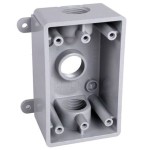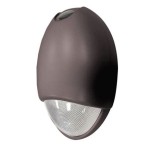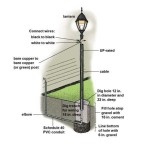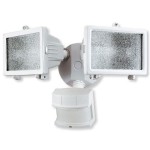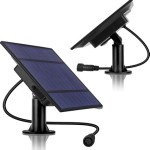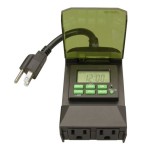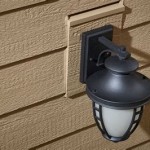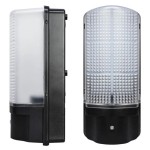Can You Keep Palm Plants Outdoor?
Palm trees are iconic symbols of the tropics, bringing a sense of paradise to any garden. While most people associate palm trees with warm climates, many species can thrive in cooler regions. If you're considering adding a palm tree to your outdoor space, there are a few essential aspects to consider.
Choosing the Right Palm Tree
The first step in growing a palm tree outdoors is choosing the right species. Some varieties are better suited to colder climates than others. Some popular cold-hardy palm trees include:
- Windmill palm (Trachycarpus fortunei): Hardy to USDA zone 4b
- Needle palm (Rhapidophyllum hystrix): Hardy to USDA zone 7a
- Pindo palm (Butia capitata): Hardy to USDA zone 8b
- European fan palm (Chamaerops humilis): Hardy to USDA zone 7a
Planting Your Palm Tree
Once you've selected a cold-hardy palm tree, you need to choose a suitable planting location. Palm trees need full sun to thrive, so ensure the planting site receives at least six hours of direct sunlight daily. The soil should be well-drained and slightly acidic, with a pH between 6.0 and 7.0.
When planting your palm tree, dig a hole twice as wide as the root ball and just as deep. Place the palm tree in the hole and backfill it with soil, tamping down gently to eliminate air pockets. Water the palm tree thoroughly.
Caring for Your Palm Tree
Palm trees are relatively low-maintenance plants, but they do require regular care to stay healthy. Here are a few tips for caring for your outdoor palm tree:
- Watering: Palm trees need to be watered regularly, especially during dry spells. The best way to determine if your palm tree needs water is to check the soil. If the soil is dry to the touch, it's time to water the tree.
- Fertilizing: Palm trees should be fertilized every few months with a balanced palm fertilizer. Follow the instructions on the fertilizer package for specific application rates.
- Pruning: Palm trees don't need regular pruning, but you should remove any dead or damaged fronds. You can also prune the fronds to shape the tree.
- Winter care: In colder climates, palm trees need to be protected from the cold. You can do this by wrapping the trunk of the tree with burlap or frost cloth. You can also mulch around the base of the tree to help insulate the roots.
Conclusion
With proper care, palm trees can thrive in colder climates. By choosing the right species, planting it in a suitable location, and providing regular care, you can enjoy the beauty of a palm tree in your outdoor space for many years to come.
How To Care For Palm Trees Plantingtree
How To Care For Palm Trees Plantingtree
How To Care For Palm Trees Plantingtree
:strip_icc()/101025074-e5a5260b2747413fb82a22193119b78b.jpg?strip=all)
How To Plant And Grow A Palm Tree
Palms Hardy Rhs Gardening

How To Plant Grow Palm Trees Miraclegro

Palm Tree Landscaping Ideas Indoor And Outdoor Paradise Jay Scotts Collection

Areca Palm Growing And Caring For Palms Bbc Gardeners World

How To Grow And Care For Your Pygmy Date Palm Lively Root
Keep Palm Carry Fronds Gardening
Related Posts
